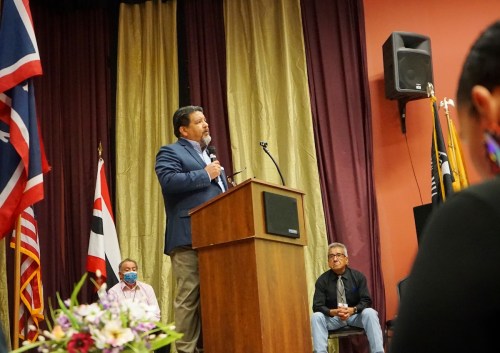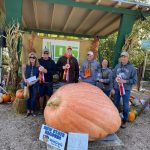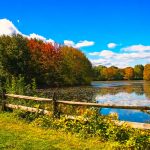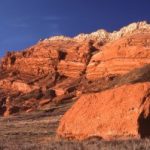Yellowstone, the world’s first national park, hit a milestone in March when it turned 150 years old. Long before it was designated as such, however, the landscape of geysers and canyons held significance for Indigenous people, who hunted, gathered and used thermal waters there for many centuries.
Considering the dispossession that took place, “the actual anniversary of Yellowstone for most Indian people isn’t something to celebrate,” Eastern Shoshone tribal member Wes Martel told a large crowd Wednesday morning in the Wind River Hotel and Casino. “But what we do have to celebrate is we’re still here, we’re stronger than ever,” said Martel, a senior Wind River conservation associate for the Greater Yellowstone Coalition.
For the tribal members, conservation advocates, agency personnel and others present for the three-day Wind River Inter-Tribal Gathering, a priority was to bring tribes — there are nearly 50 with connections to Yellowstone — to the forefront of conversations about the management and future of the Greater Yellowstone Ecosystem. The gathering featured panels and presentations on issues ranging from buffalo reintroduction to the role of historic preservation officers and relations between tribes and federal agencies.
Yellowstone partnered well with tribes in recent history, Superintendent Cam Sholly said, but the anniversary affords an opportunity to level up. “We want to take advantage of this point in time to do better,” he said.
“It’s a complex history, and there needs to be a fundamental recognition and acknowledgement of that history,” Sholly said. “At the same time, we need to have the ability to have dialogue that’s substantial about the direction for the future. And it has to transcend the basic talking points of ‘let’s work together, let’s just consult.’”
 National Park Director Chuck Sams, who is the first Native American director of the park service, speaks to attendees of the Wind River Inter-Tribal Gathering at the Wind River Hotel and Casino in Riverton June 1, 2022. (Katie Klingsporn/wyomingdigest.com)
National Park Director Chuck Sams, who is the first Native American director of the park service, speaks to attendees of the Wind River Inter-Tribal Gathering at the Wind River Hotel and Casino in Riverton June 1, 2022. (Katie Klingsporn/wyomingdigest.com)
The park has been involved in buffalo reintroduction efforts, Sholly said, and opened a new tribal heritage center in May as a way to enable tribes to greet visitors and tell their stories. “It’s a start.”
Chuck Sams, an enrolled member of the Confederated Tribes of Umatilla Indian Reservation who was sworn in as the Director of the National Park Service in December, also spoke.
“There are wounds deeply rooted in history, and we’re not going to hide from them,” Sams said. “Our painful parts of history must instead be taught and learned from so we don’t make those mistakes again. We can heal by telling the whole story of America.”
The post Centuries of connection appeared first on wyomingdigest.com.







